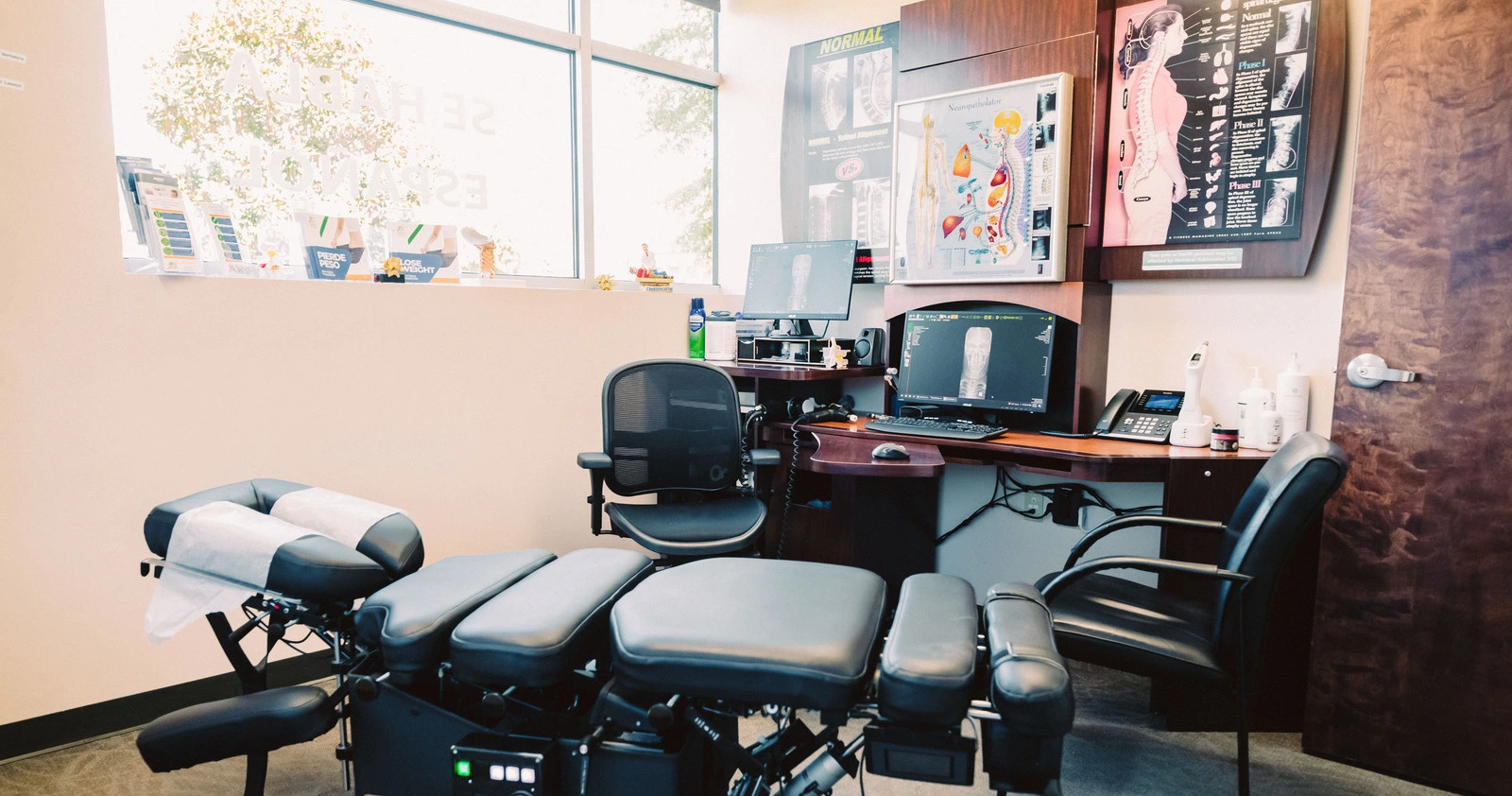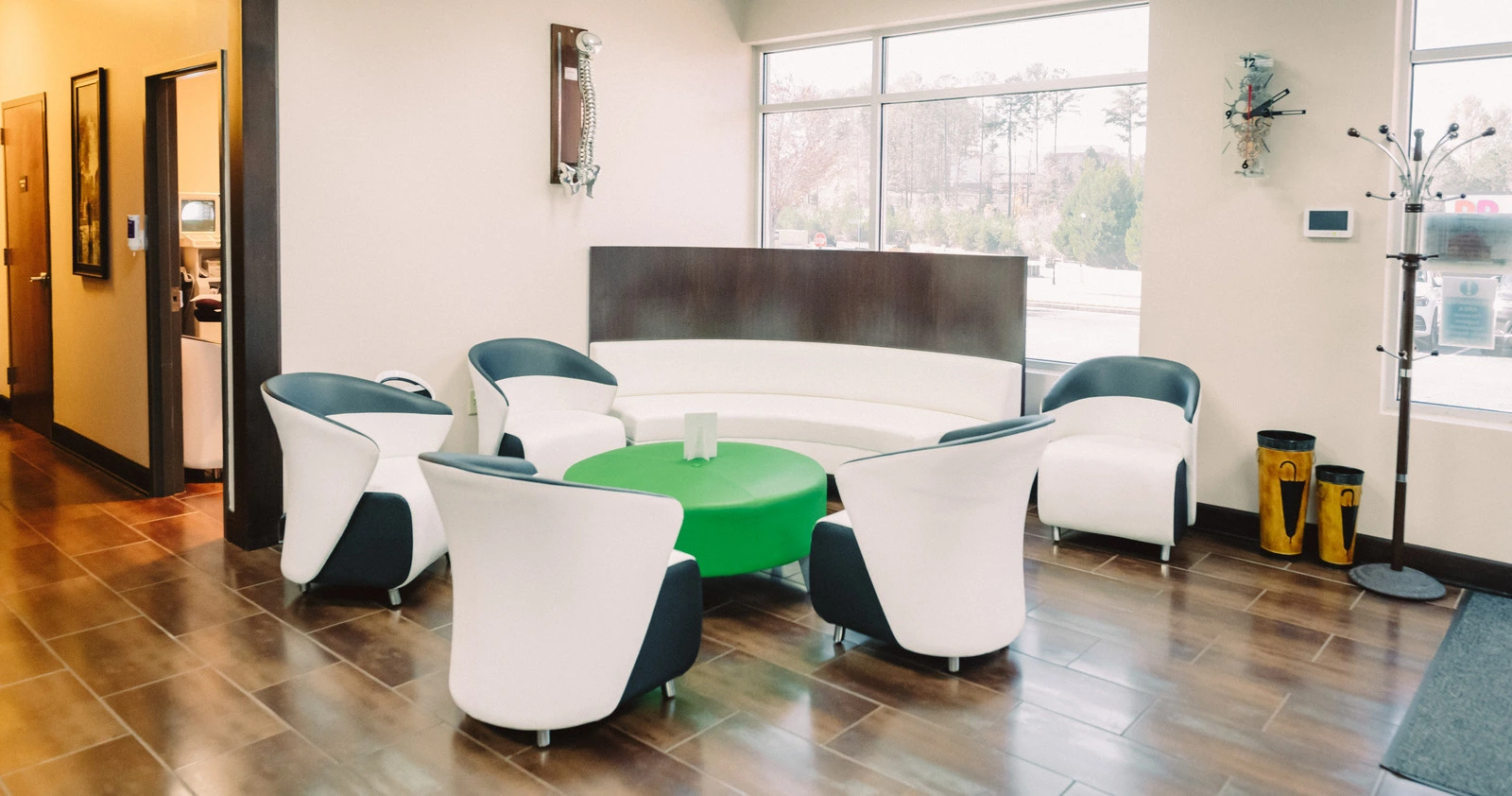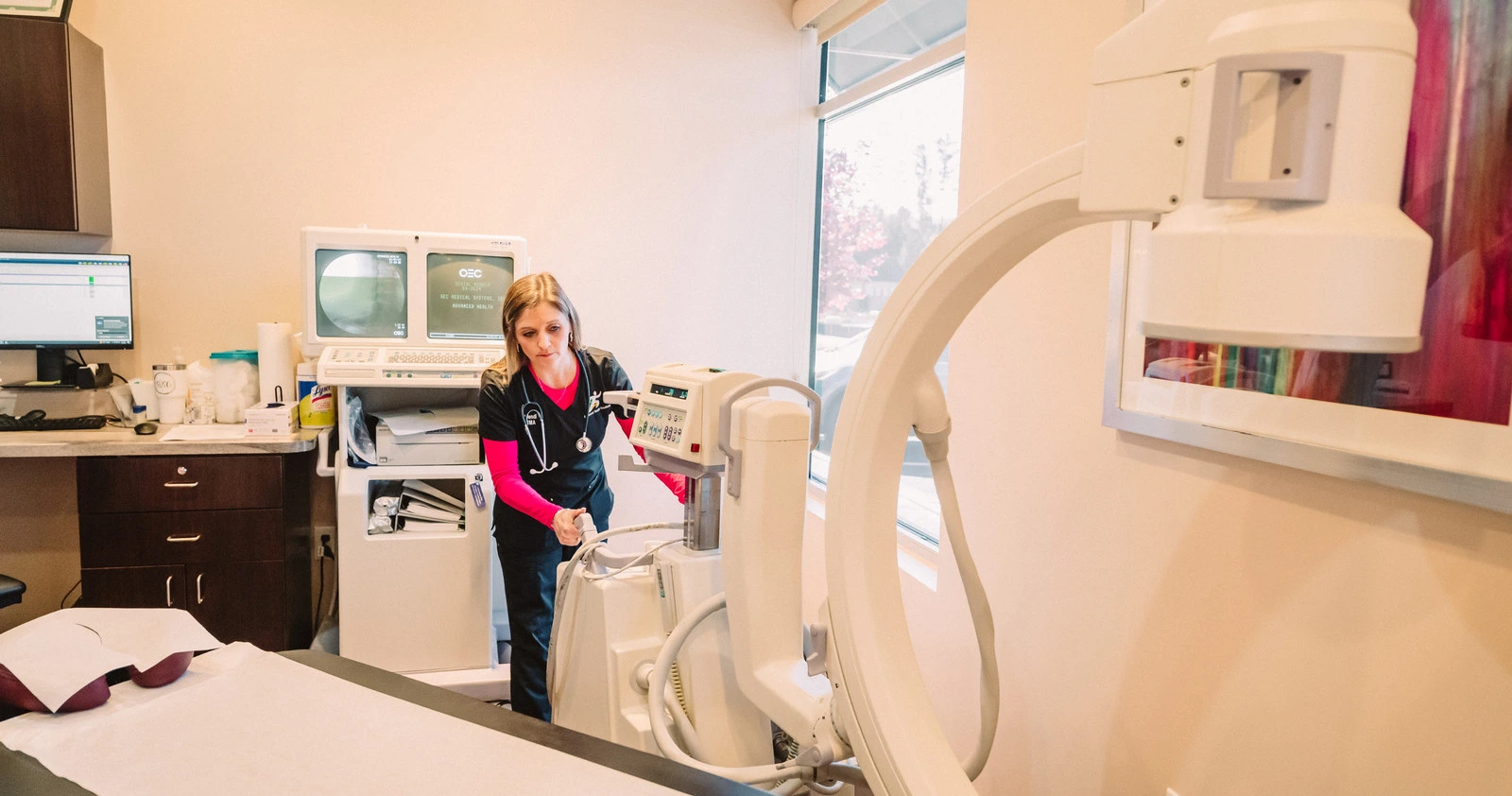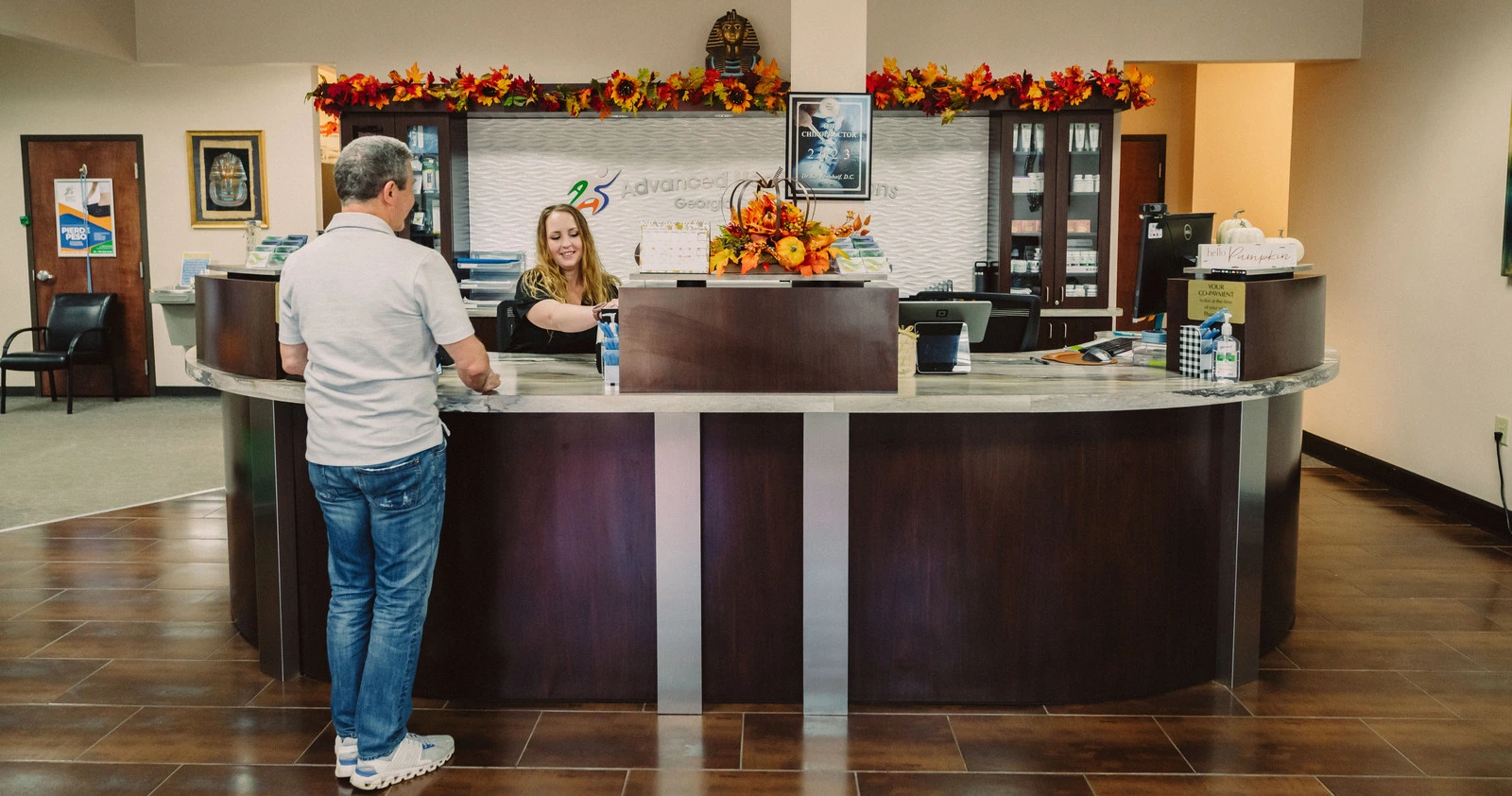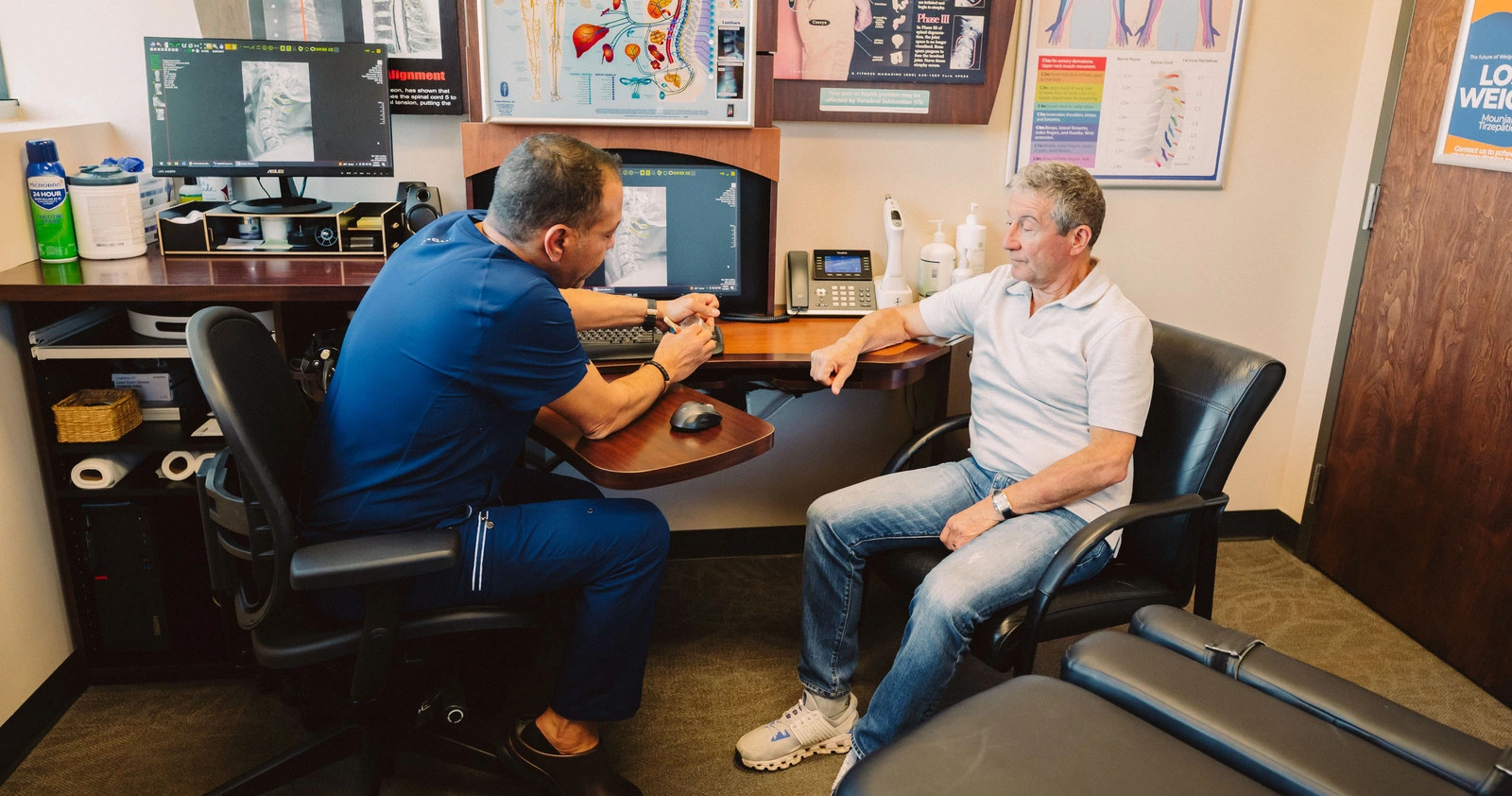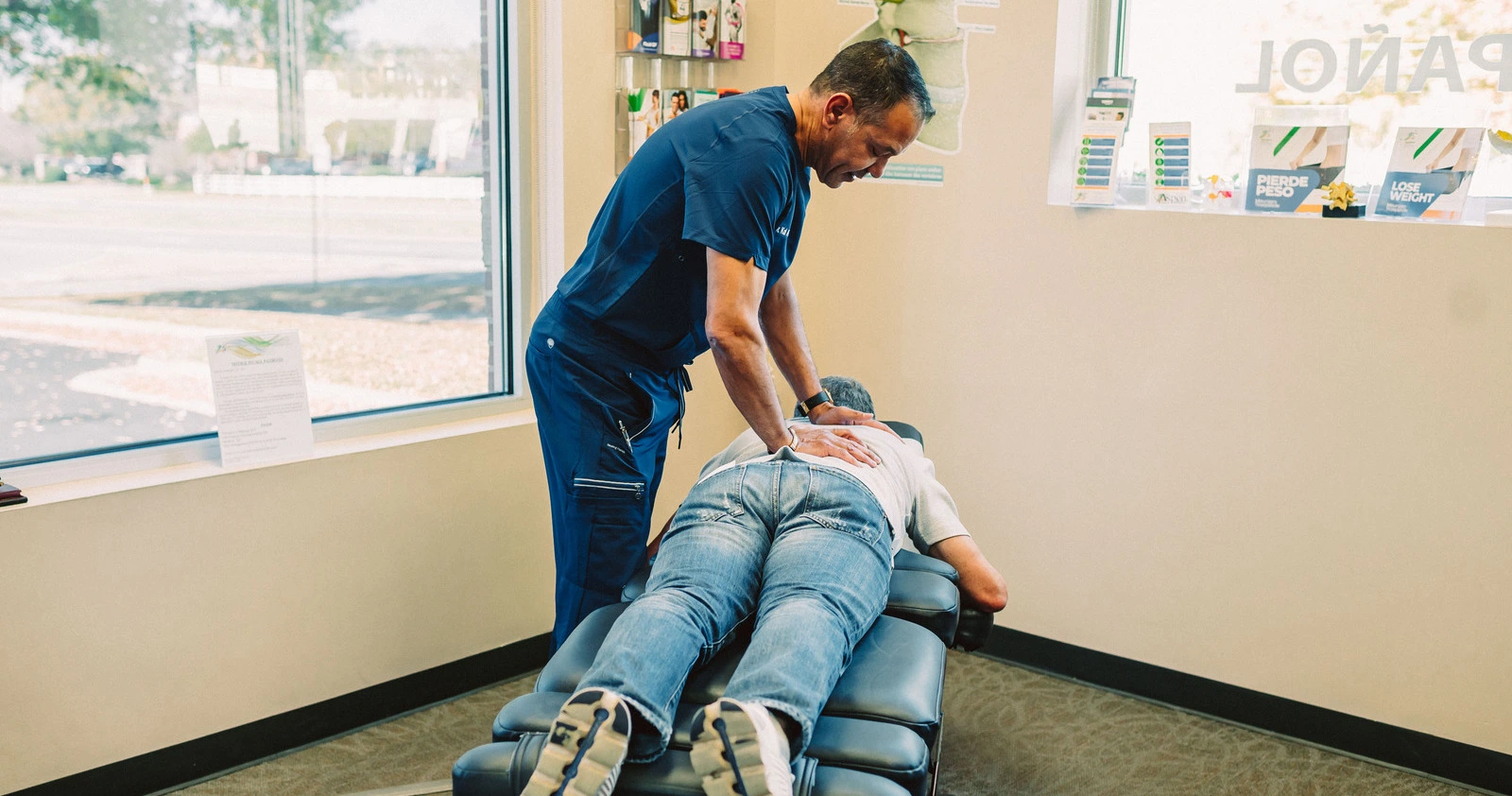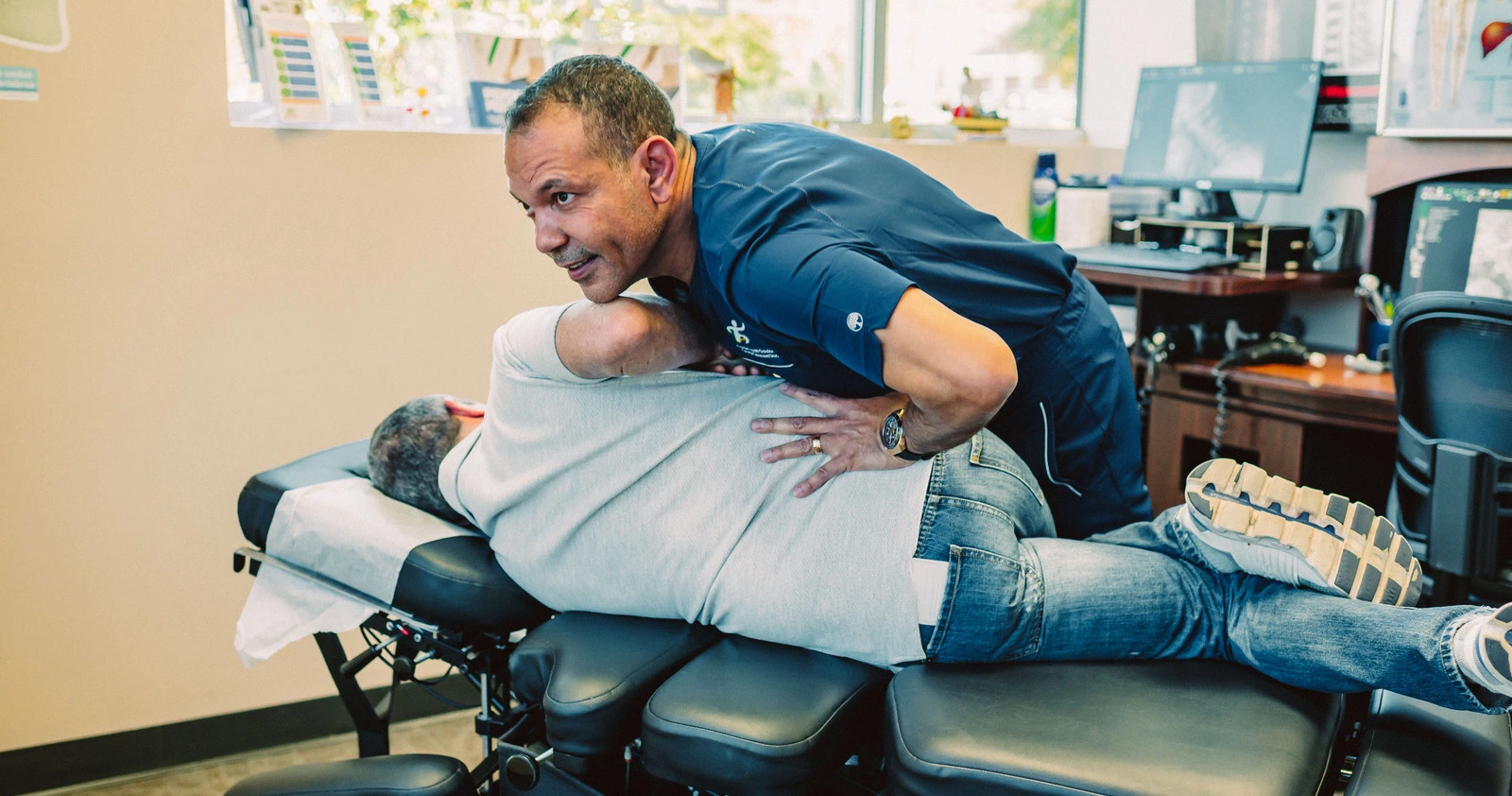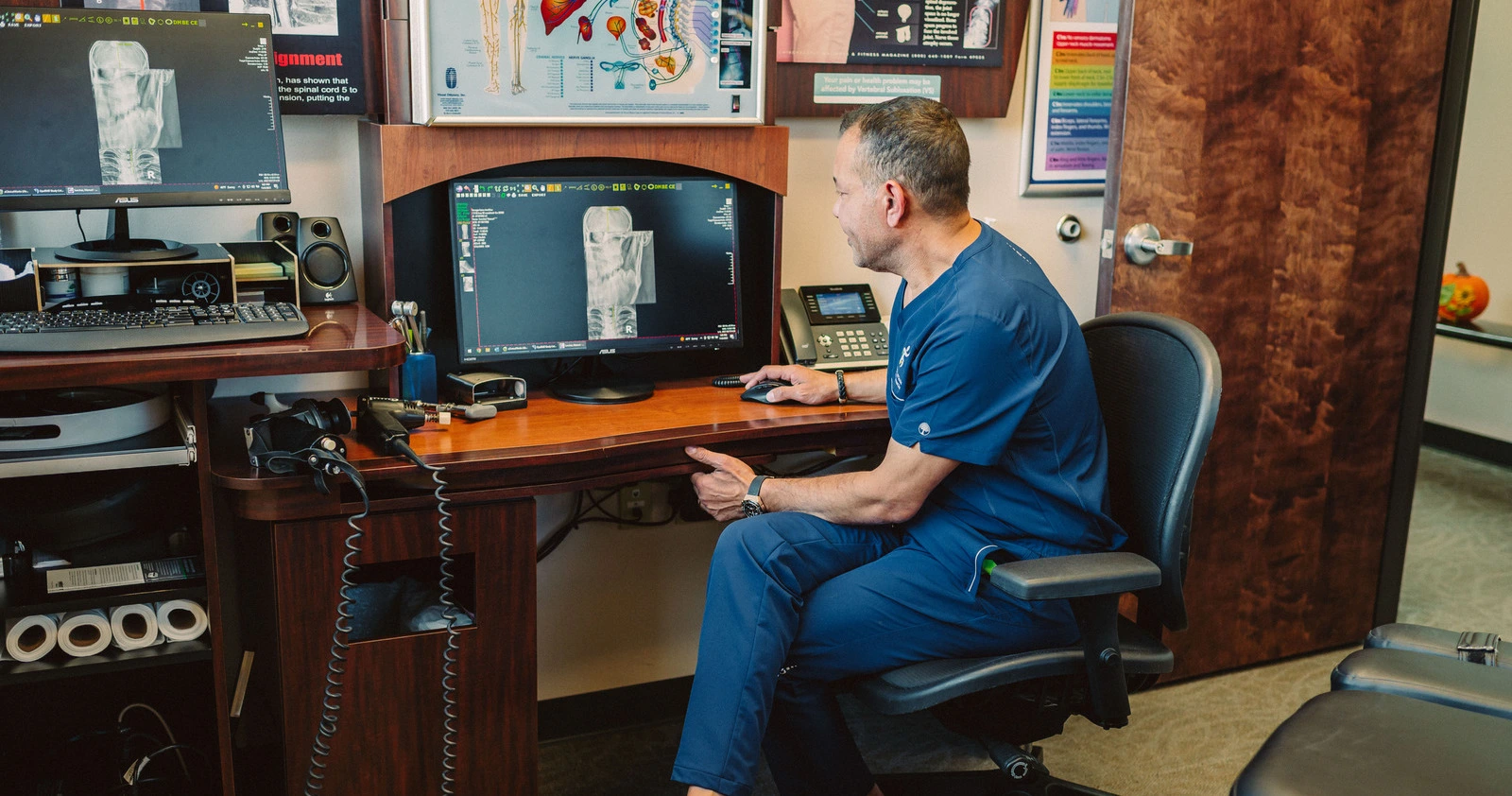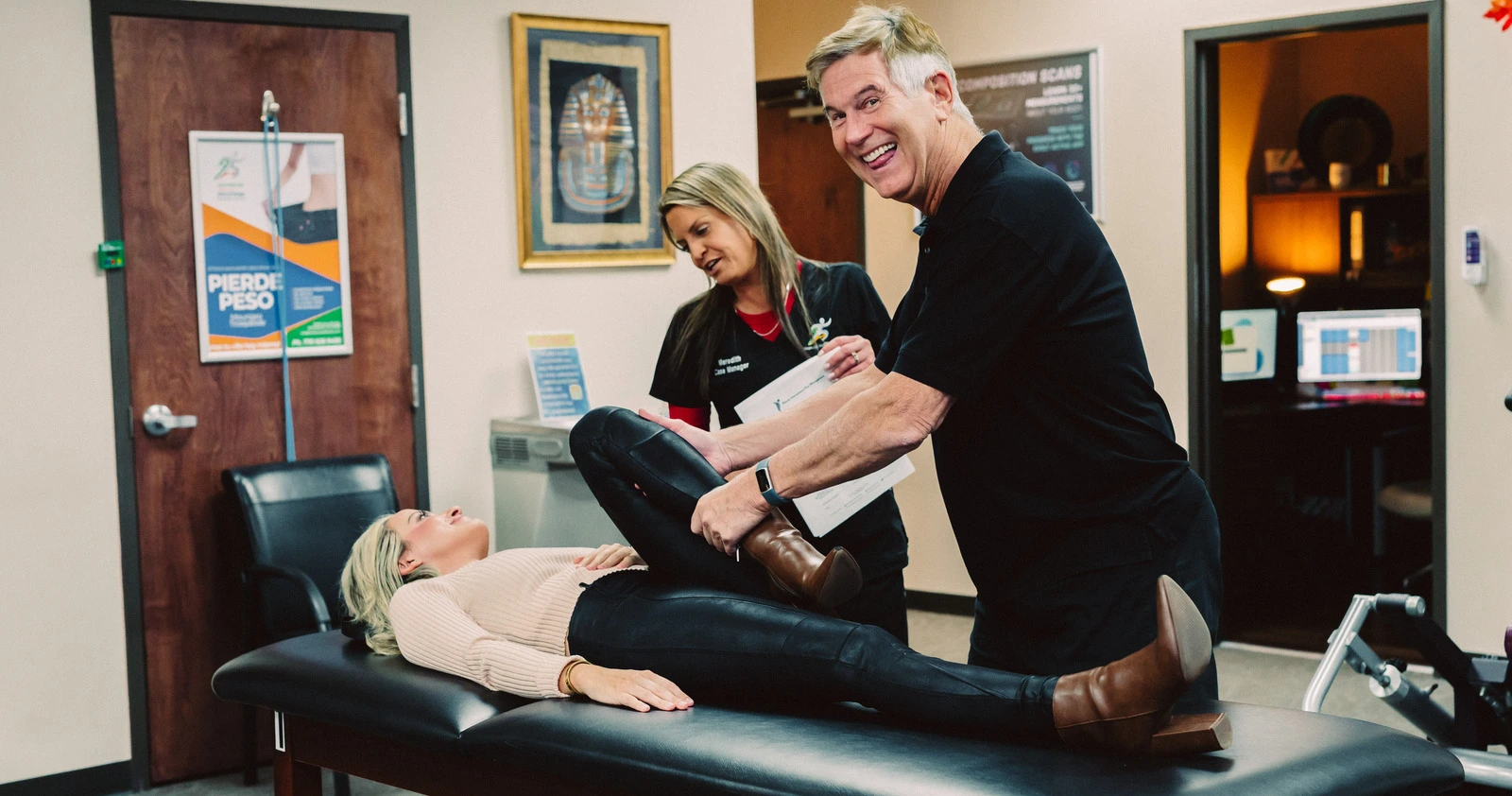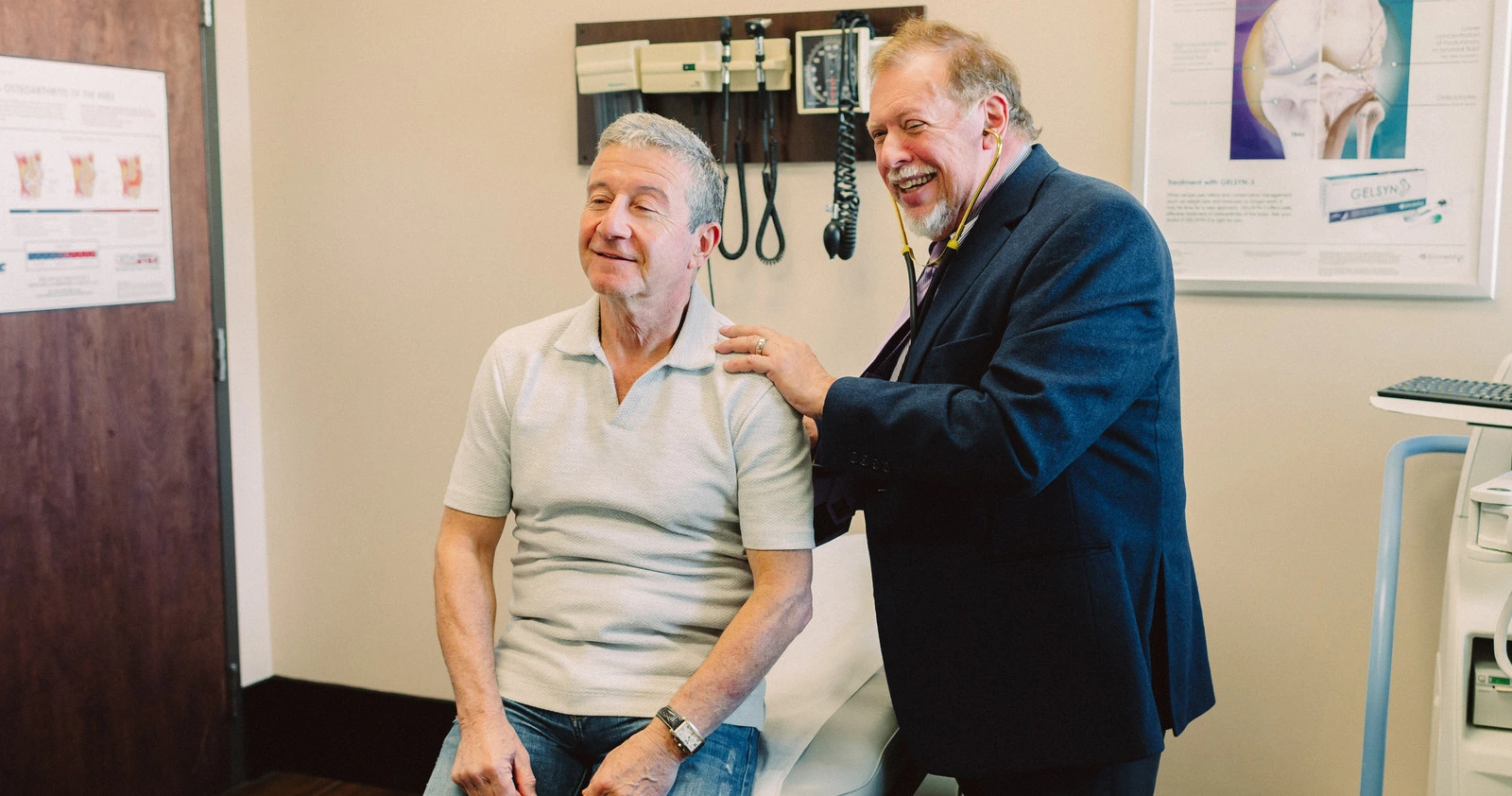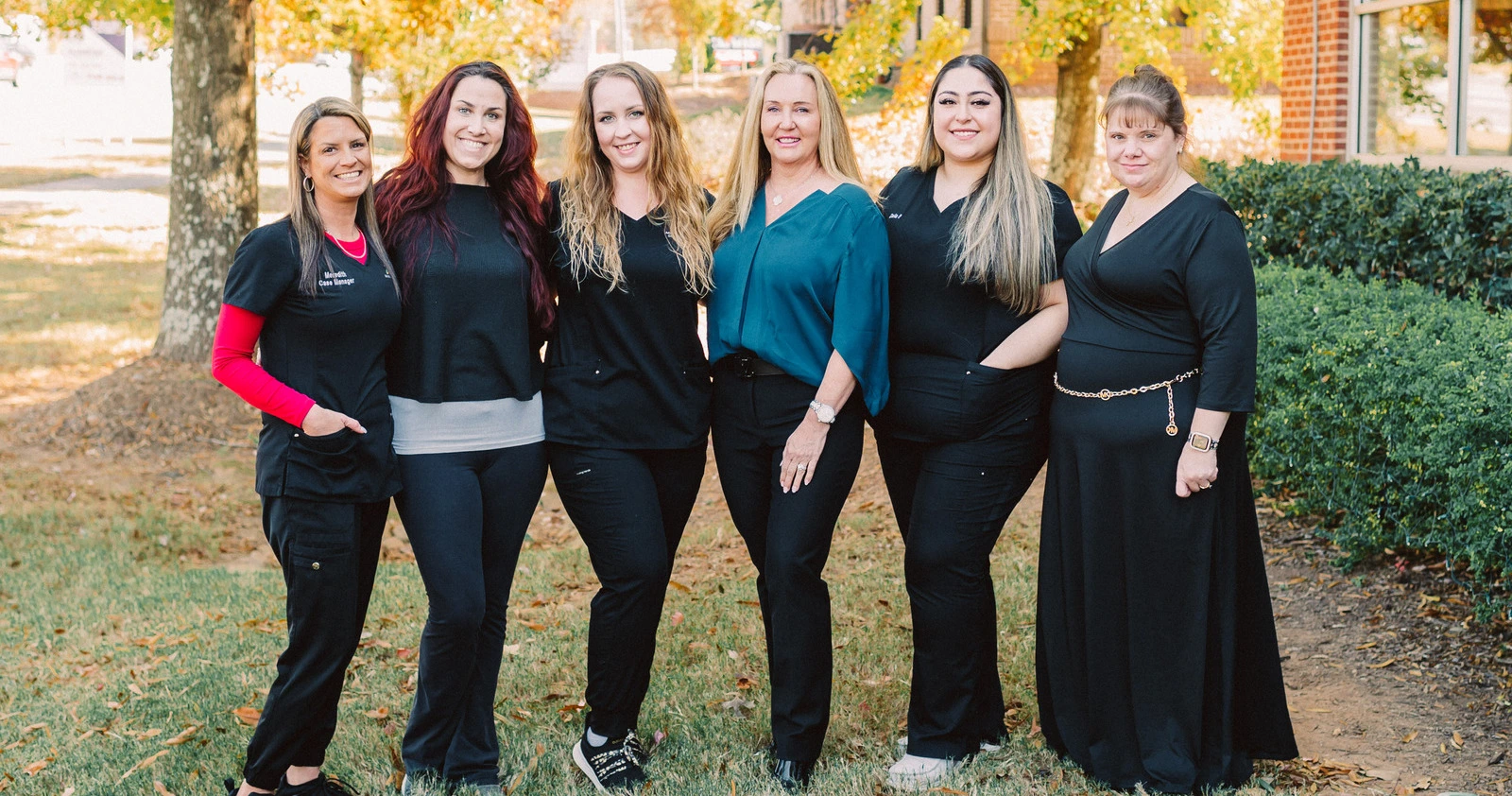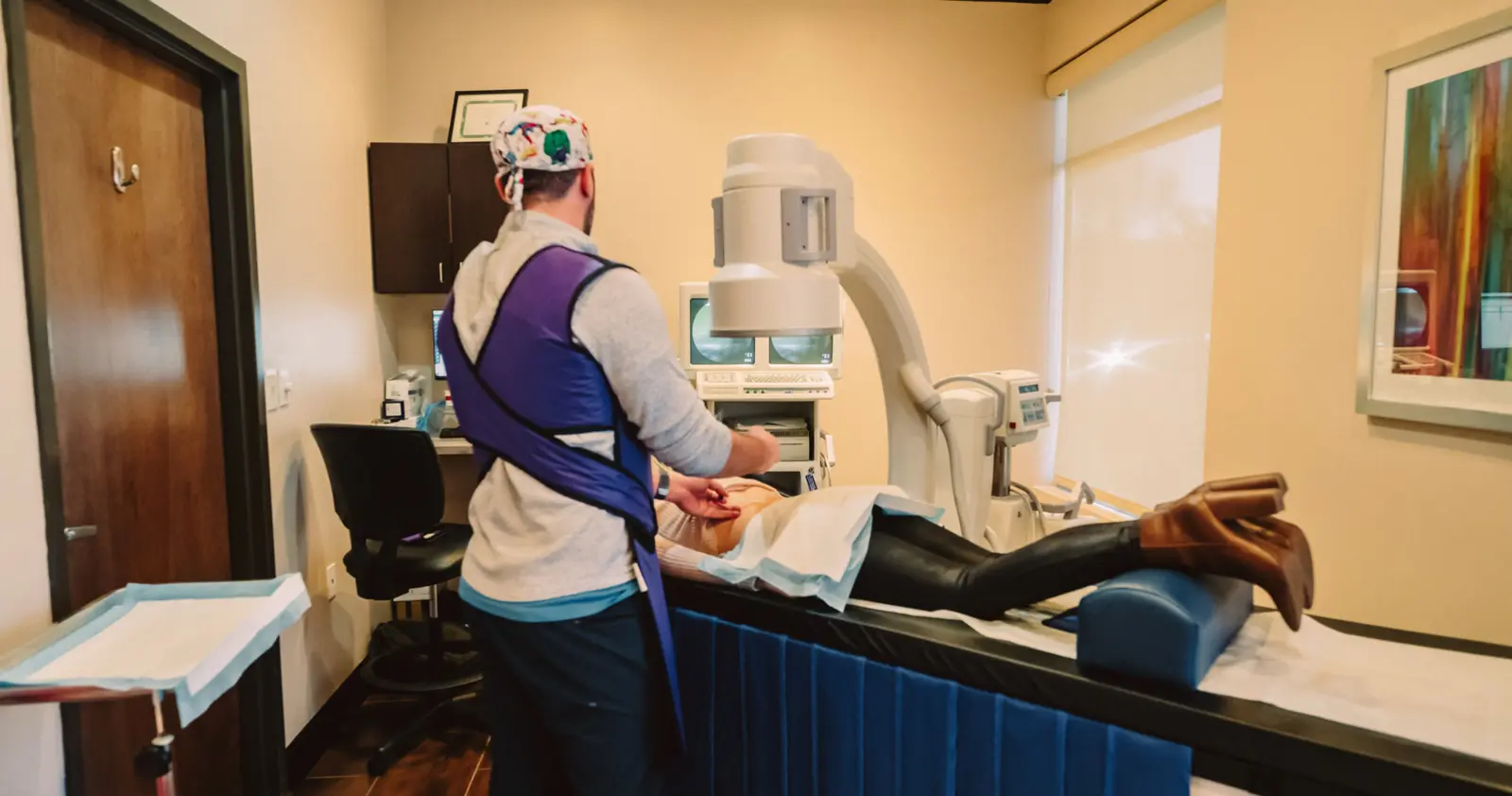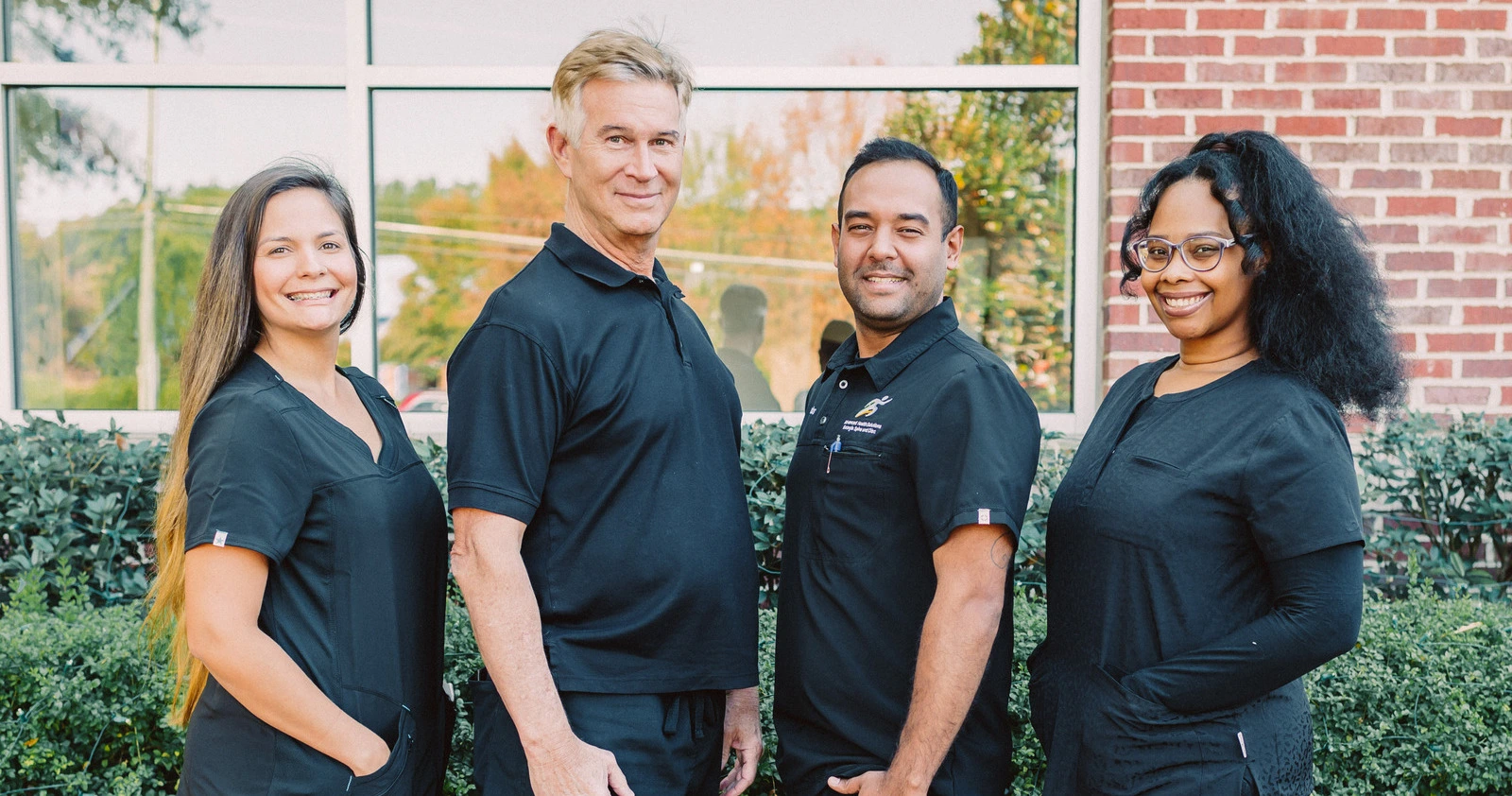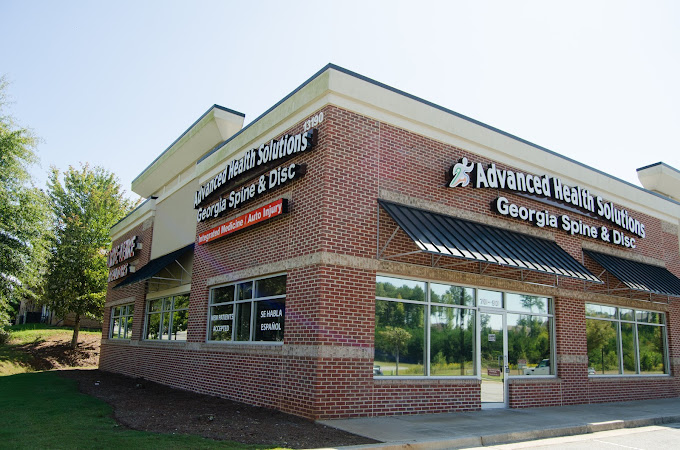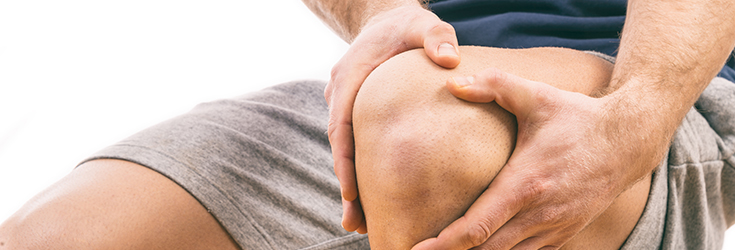
Knee Arthritis Treatment
Osteoarthritis (OA), also known as knee arthritis, is the most common type of arthritis that affects millions of people around the world. It occurs when the protective cartilage that cushions the ends of the bones – the cushion between the knee joints – wears/breaks down over time. This can cause pain, swelling, and stiffness, and therefore, you’ll need to seek knee arthritis treatment Woodstock as soon as possible.
While age is a major risk factor for knee osteoarthritis, young people can get it as well. It may be hereditary for some people. For others, knee osteoarthritis can result from an infection or injury or even from being overweight.
Knee arthritis, commonly referred to as wear-and-tear arthritis, is a condition in which the protective cartilage that provides natural cushioning between joints wears away. When this happens, the shock-absorbing benefits of the cartilage between the joints reduce, and therefore, the bones of the joints will rub more closely against each other.
The rubbing will cause pain, stiffness, swelling, reduced mobility, and sometimes, the formation of bone spurs.
Osteoarthritis of the knee has no cure, but there is knee arthritis treatment Woodstock that can relieve discomfort and reduce the damage. Your quality of life will improve allowing you to better keep up with your daily activities.
Your doctor will recommend treatment options that will meet your individual needs, including your level of pain, medical history, and the impact of OA on your day-to-day life.
Causes of Knee Osteoarthritis
Aging is the most common cause of knee osteoarthritis. Almost everyone will eventually develop some degree of osteoarthritis. However, several factors can increase the risk of developing some form of arthritis at an early age, such as:
- Age – As a person gets older, the ability of cartilage to heal reduces.
- Weight – Being overweight increases the pressure on your joints, particularly knee joints. Every pound you gain adds an extra weight of 3 to 4 pounds on your knees.
- Heredity – A person might develop osteoarthritis of the knee due to genetic mutations. This also includes the inherited abnormalities in the shape of the bones surrounding the knee joint.
- Gender – Women aged 55 and older are more likely than men of the same age to develop knee osteoarthritis.
- Repetitive stress injuries – These usually occur due to the type of job a person does. People who do certain jobs that involve a lot of activity that stress the joints, like squatting, kneeling, or lifting heavy weights (55 pounds or more). are more likely to develop knee osteoarthritis because the joints will be under constant pressure.
- Athletics – Athletes who play soccer, tennis, or long-distance runners may be at higher risk for developing osteoarthritis of the knee. That means athletes need to take proper precautions to avoid injury. However, it is important to note that doing regular moderate exercises helps to strengthen joints and therefore, reduces the risk of osteoarthritis. Osteoarthritis can result from weak muscles around the knee.
- Other illnesses – People with rheumatoid arthritis, the second most common type of arthritis, run a higher risk of osteoarthritis. People with certain metabolic disorders, like excess growth hormone or iron overload, are also more likely to develop osteoarthritis.
Our knee arthritis treatment Woodstock usually is a combination of both therapies and lifestyle choices. But generally, osteoarthritis of the knee can be treated in the following ways:
-
Maintain a healthy weight
If you’re currently overweight, you need to do your best to lose even a few pounds as it will help with osteoarthritis. The strain on your joints will reduce when you lose weight, and as a result, it will help to alleviate your symptoms.
Losing weight may also help reduce inflammation and the risk of other health conditions, including cardiovascular disease, type 2 diabetes, and high blood pressure. Once your doctor finds out that you’re overweight or obese, and have knee osteoarthritis, he or she will likely recommend developing a plan for your weight loss.
-
Get regular exercise
If you have osteoarthritis of the knee, exercise is crucial. It can help you to:
- manage your weight
- stay mobile
- build up muscle strength to support your knee joint
- reduce stress
Suitable activities include low-impact aerobic exercise, including:
- walking
- yoga
- swimming or other water aerobics
- cycling
- tai chi
- strengthening, balancing, and stretching exercises
Riding a stationary bike can help maintain strength in the quadriceps and hamstring muscle groups without putting pressure on your knee joints. These muscles at the front and back of your thighs are used when you stand up from a sitting position. They help to stabilize your knee.
A doctor or physical therapist can help you to develop a program and knee arthritis treatment Woodstock that will suit your needs.
Experts recommend exercising with other people or working with a trainer to help you stay motivated. It can be as simple as inviting a family member, friend, or neighbor to join you on a daily walk. This will make exercise a social activity as well as a workout.
-
Pain-Relieving Medications
Over-the-counter (OTC) and prescription medications can relieve pain and other symptoms associated with knee osteoarthritis.
Some OTC medications that may help manage discomfort and mild pain include:
- nonsteroidal anti-inflammatory drugs (NSAIDs), such as ibuprofen (Motrin or Advil)
- topical preparations that contain NSAIDs or capsaicin
- acetaminophen (Tylenol), if you can’t tolerate NSAIDs
If these OTC remedies aren’t effective, your doctor may prescribe:
- tramadol
- duloxetine (Cymbalta)
The ACR/AF doesn’t recommend using opioid drugs. Tramadol is an opioid drug, and so, there’s a risk of developing a dependency. However, a doctor may eventually prescribe an opioid if the other medications don’t work.
-
Alternative therapies
In addition to medication and exercise, other non-medical therapies may help better manage knee osteoarthritis, including:
- acupuncture
- stress management activities, such as yoga and tai chi
- hot and cold packs for relieving pain and inflammation
- cognitive behavioral therapy, which can help you manage the discomfort, pain, and stress of living with a chronic condition.
- occupational therapy, which can teach you new ways of managing everyday activities
-
Get a massage
Massage can help you maintain better health, both physically and mentally, and improve your overall sense of well-being. For knee osteoarthritis, massage can help reduce swelling and joint pain, improve joint mobility, manage discomfort, and provide tension and stress relief.
You need to find a massage therapist who has experience in treating knee arthritis. You can ask your doctor for a referral. Alternatively, you could ask your physical therapist to show you how to do an effective self-massage routine at home.
Knee Arthritis Treatment
Do you need knee arthritis treatment Woodstock? You can contact Advanced Health Solutions – GA Spine & Disc today to book an appointment with one of our experienced and dedicated doctors who specializes in treating osteoarthritis of the knee.
Call us now at (770) 212-3991 or fill out our online contact form to schedule your consultation.
Knee Arthritis Treatment


